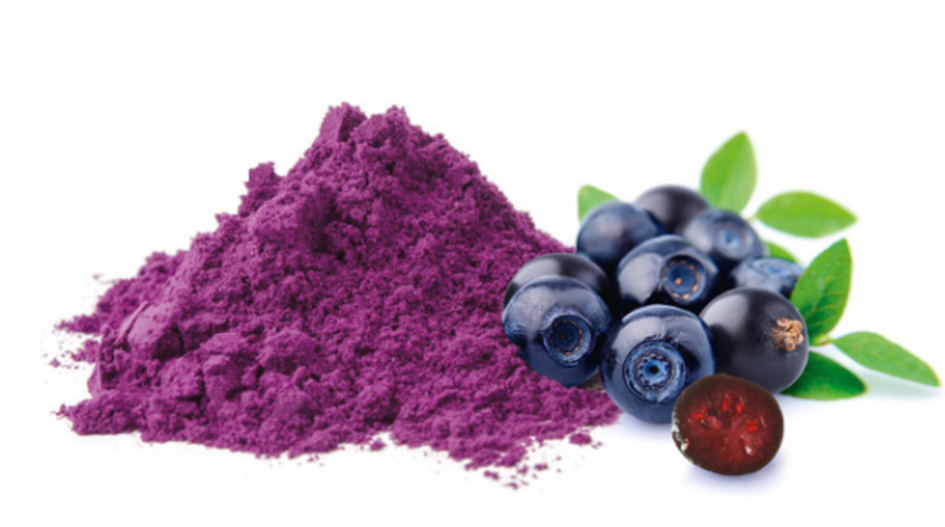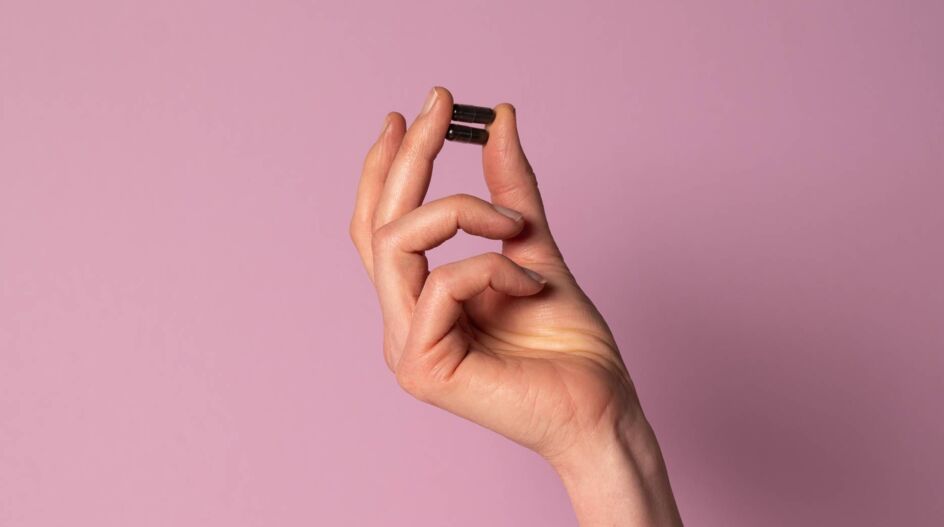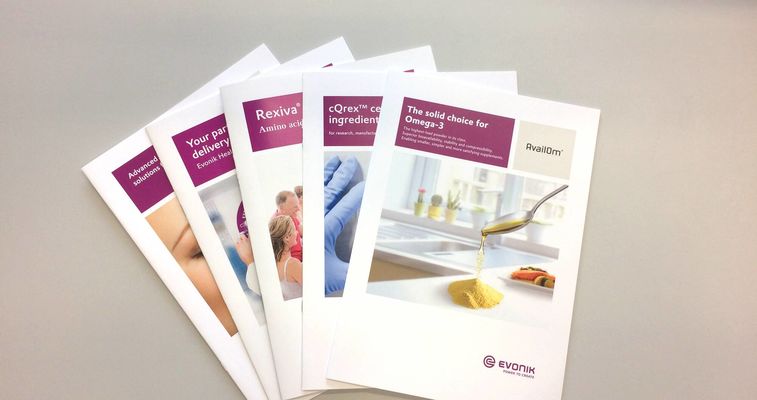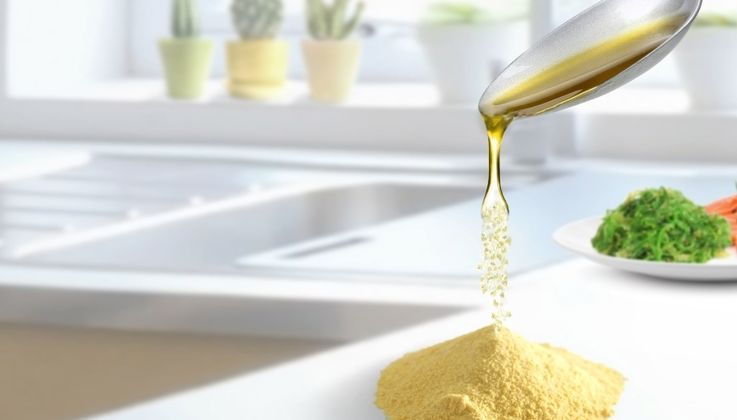
The best berries for anthocyanins, transformed into a high-load powder extract for functional foods
Anthocyanins are loaded with health benefits, but maintaining dietary intake can be a major consumer challenge
Clinical studies continue to highlight the heart, brain, liver and other health benefits that can come from incorporating anthocyanins into our daily diet. While there are more than 400 kinds of anthocyanins, some of the best natural sources are berries. However not all berries are equal when it comes to anthocyanin content. Blackcurrants and wild bilberries have amongst the highest concentrations of anthocyanins, particularly when they are grown in wild, cold coastal environments such as Scandinavia and New Zealand. However, most people around the world have an intake of anthocyanins of less than 40 mg per day1, which is well below the 60-80 mg per day found to be an effective dose in a recent clinical trial.
Combining the mix of anthocyanins in blackcurrants and bilberries as standardized extract powder can generate a synergistic effect
Our Healthberry® extracts contain a broad sprectrum of 17 different, natural anthocyanins. The main anthocyanins components, known as Cyanidins such as C3G and Delphinidins such as D3G, are most prominent in each type of berry, but at different concentrations. Human studies support a strong synergistic effect in combining a mix of anthocyanins such as C3G and D3G from a bilberry and blackcurrant mix. For example, research indicates such a combination may help to reduce the risk factors involved in the progression of atherosclerosis2, which is a root cause of heart disease. Other studies2 indicate that such an anthocyanin mix can also change platelet activity, thus reducing the risk of blood clots forming in overweight, obese or sedentary populations. One other recent study3 found that an 80 mg daily supplementation of anthocyanins in men and women aged between 35 and 70 indicated improvements in the inflammatory marker IL-6 that is known to be associated with heart health, as well as immune function.
Healthberry® at a glance
- Extract combination of Ribes nigrum and Vaccinium myrtillus
- A constant, stable composition standardized to 30% (HB 865+) or 40% (HB 900)
- Broad synergistic Anthocyanin spectrum
- Vegan, free of lactose/gluten
- Premium quality standard – AC fingerprint
- 4 years shelf-life
- Made in Norway: Food GMP, ISO 9001, FDA registration

Healthberry® extracts contain a broad sprectrum of 17 different, natural anthocyanins.

Healthberry® can be used in capsules for food supplement applications.
Healthberry® is a highly stable, standardized powder extract combination offering a unique fingerprint of 17 different anthocyanins of two berry types
In recognition that most consumers around the world are not able to consume handfuls of berries each day, Evonik has developed Healthberry®, a berry extract combination standardized to 30% or 40% anthocyanin content. Healthberry® is derived from wild, high-quality bilberries from Scandinavia and cultivated blackcurrantss from New Zealand where content for anthocyanin such as C3G and D3G is known to be especially concentrated. A gentle extraction production process is able to retain the full antioxidant potential of the 17 different natural anthocyanin helping to overcome seasonal fluctuations or other supply challenges that can occur with other berry-based sources. More than 40 peer reviewed research articles have been published supporting the benefits of this anthocyanin mix. 4
Leverage the power of Healthberry® to differentiate and boost preference for your functional food brands
Healthberry® is the ideal health ingredient in a powder extract form to help enhance the value of a range of functional foods including food supplements. Options for the use of Healthberry® include energy or protein bars, food sprinkles and softgums, tablets or capsules.
For more information about Healthberry® or to request a sample, contact us.
Brochures

Looking for information compiled in one document? Our brochures offer an overview of relevant details in just a few pages.
[1] Igwe E.O., Charlton K.E., Probst Y.C. (2019) Usual dietary anthocyanin intake, sources and their association with blood pressure in a representative sample of Australian adults. J Hum Nutr Diet. 32, 578–590
[2] Thompson et al Br J Nutr (2017) 118:368–374; Thompson et al Journal of Functional Foods 32 (2017) 131–138
[3] Zhang et al Redox Biology 32 (2020) 101474
[4] This website is accessible from many geographical locations, and the information that it provides regarding Healthberry® is not applicable to nor intended to satisfy the requirements of all countries. Evonik supplies Healthberry® as raw material to companies that produce a variety of Healthberry®-containing products. Evonik does not make any claims regarding the use of these finished products and each manufacturer is responsible for ensuring that the claims made for and use of its products comply with the regulatory requirement of the locations in which it markets its products.






